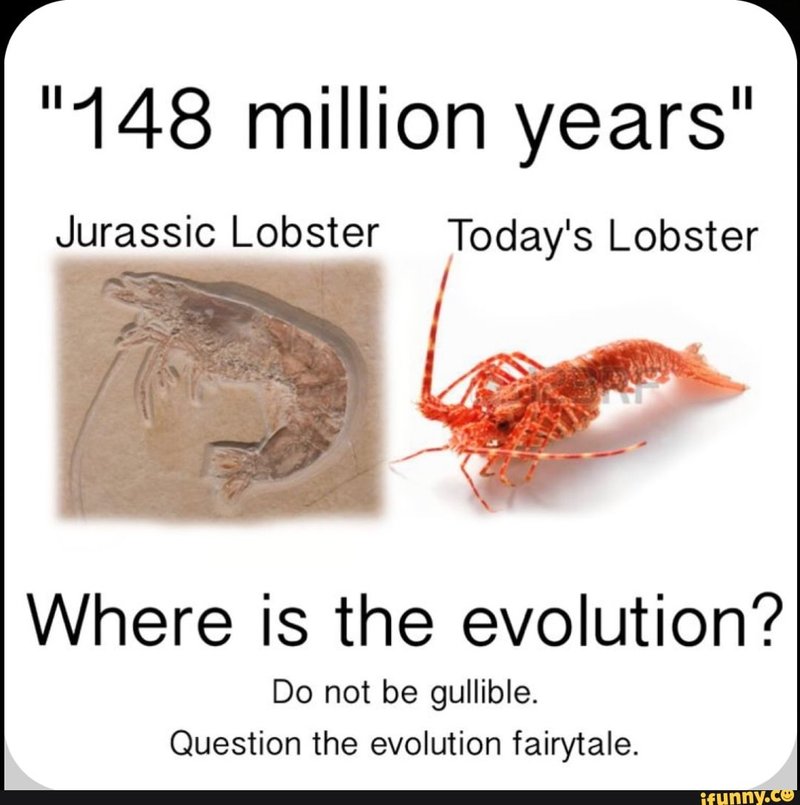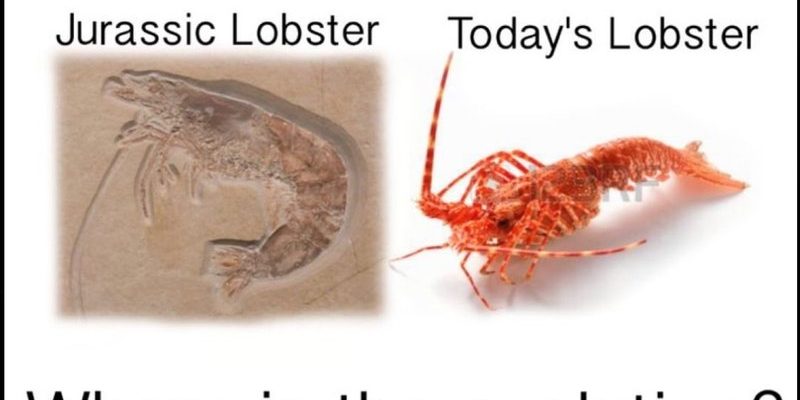
Lobsters are marine crustaceans that belong to the family Nephropidae. They’ve been around for a very long time, and their evolutionary history offers insights into how life adapts and changes in response to environments and challenges. So, let’s pull up a chair and dive into the depths of the lobster’s evolutionary journey—no need for fishing gear, just a curious mind!
The Ancient Origins of Lobsters
Lobsters trace their lineage back to the Cambrian period, around 500 million years ago. This was a time when Earth’s oceans were teeming with a variety of life forms, many of which were quite different from today’s species. The ancestors of lobsters were likely small and not very lobster-like at all. Think of them as the distant, awkward cousins at a family reunion who haven’t quite grown into their features yet.
These early crustaceans had hard exoskeletons and segmented bodies, much like modern lobsters. Over time, they began to adapt to their environments. Some developed claws for defense and hunting, which became a major evolutionary advantage. It’s like upgrading from a simple toolkit to a full-blown toolbox; having the right tools is essential for survival!
Adapting to Changes: The Evolution of Features
As time rolled on, lobsters adapted to various environmental shifts. For example, during the Jurassic period, the oceans were different, filled with diverse habitats. This led to variations in size and shape among lobsters. Some grew larger, while others became more compact. Imagine it like a fashion trend where some opt for baggy clothing while others stick to fitted styles.
One striking adaptation was the development of claws. These powerful appendages not only help lobsters catch prey but also allow them to defend against predators. The claws vary greatly in size among species, like having different tools in your kitchen—some are great for delicate tasks, while others are perfect for cracking open tough shells.
Species Diversity: A Lobster Family Tree
Today, there are over 50 species of lobsters. The two most recognized types are the American lobster (Homarus americanus) and the European lobster (Homarus gammarus). Each species has unique adaptations that suit their environments. The American lobster lives primarily in the North Atlantic and has large claws, while the European lobster is generally smaller and more streamlined.
This diversity is a result of millions of years of evolution. Much like how different cultures develop unique traditions, lobsters have thrived in various environments, leading to distinct characteristics within species. It’s a reminder that life on Earth is wonderfully intricate and ever-evolving.
The Lobster’s Role in the Ecosystem
Lobsters aren’t just fascinating creatures; they play critical roles in their ecosystems. As scavengers, they clean up the ocean floor by feeding on dead animals and organic material. This recycling process is crucial for maintaining healthy ocean habitats. Picture them as nature’s cleanup crew, ensuring that the ocean stays vibrant and balanced.
Moreover, lobsters serve as a food source for larger predators, including seals and various fish species. This creates a food web, linking them to numerous other marine organisms. If lobsters were removed from the ecosystem, it could cause significant disruption. Much like removing a key character from a story, the entire narrative could change.
Human Interaction and Impact
Humans have been fascinated by lobsters for centuries, both for their culinary appeal and their place in the marine ecosystem. Overfishing, pollution, and climate change pose threats to lobster populations. Many areas have strict regulations to ensure sustainable fishing practices. It’s like a recipe: too much of one ingredient can spoil the entire dish. Maintaining balance is essential.
Part of the challenge lies in understanding how lobster populations respond to environmental changes. When temperatures rise or ocean acidification occurs, it can affect their growth and reproductive habits. This is where scientists play a vital role, studying lobsters to help ensure their survival and the health of marine ecosystems.
The Future of Lobsters
Looking ahead, the future of lobsters is uncertain but fascinating. As climate change continues to impact ocean temperatures and habitats, lobsters will have to adapt once again or risk decline. Researchers are monitoring populations and studying their behaviors to understand how they might cope. Think of it like a survival show, where the contestants must constantly adapt to new challenges.
Conservation efforts are essential. By protecting their habitats and regulating fishing practices, we can help ensure that lobsters continue to thrive. It’s a shared responsibility; much like taking care of a garden, we must nurture and protect the ecosystems that sustain life.
Cultural Significance and Culinary Delights
Lobsters hold a special place in many cultures, especially in coastal regions. They’re not just a tasty meal; they represent tradition and community. Lobster festivals and seafood feasts are common in places like Maine, where the lobster is celebrated.
In the culinary world, they are considered a delicacy. From buttery rolls to rich bisques, lobsters offer a range of flavors that delight food lovers. Cooking and enjoying lobsters can be a communal experience, bringing people together over shared meals. It’s a reminder of how our connections to nature can deepen our bonds with each other.
The evolutionary journey of the lobster is a captivating tale of survival, adaptation, and resilience. From their ancient origins to their crucial role in today’s ecosystems, lobsters embody the wonders of evolution. As they navigate challenges posed by both nature and humanity, they remind us of the delicate balance of life.
So, next time you savor a lobster dish or catch a glimpse of one crawling along the ocean floor, think of the incredible journey it has taken to get there. Just like us, lobsters have their stories, filled with twists and turns that have shaped who they are today. Together, let’s continue to appreciate and protect these remarkable creatures for generations to come.

